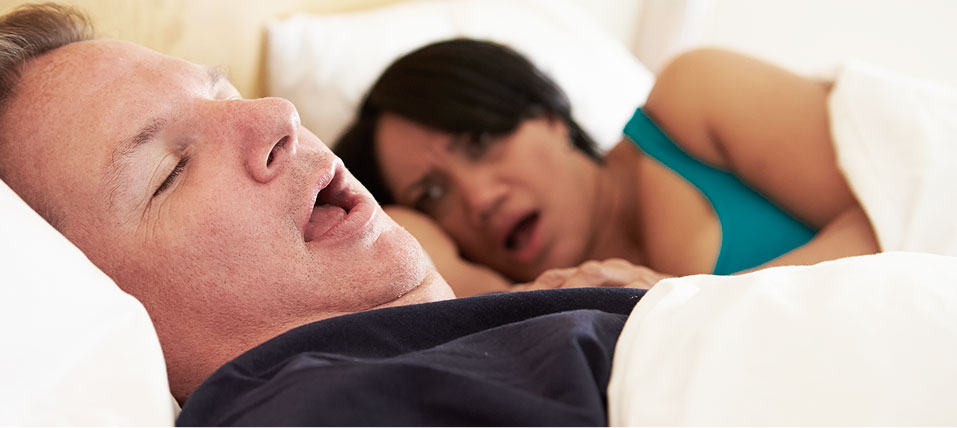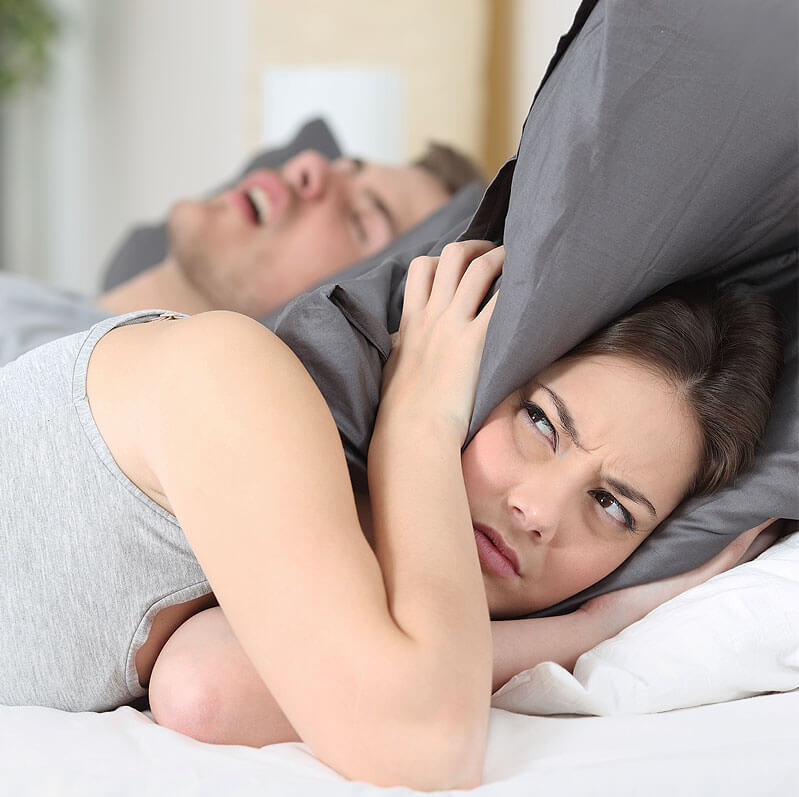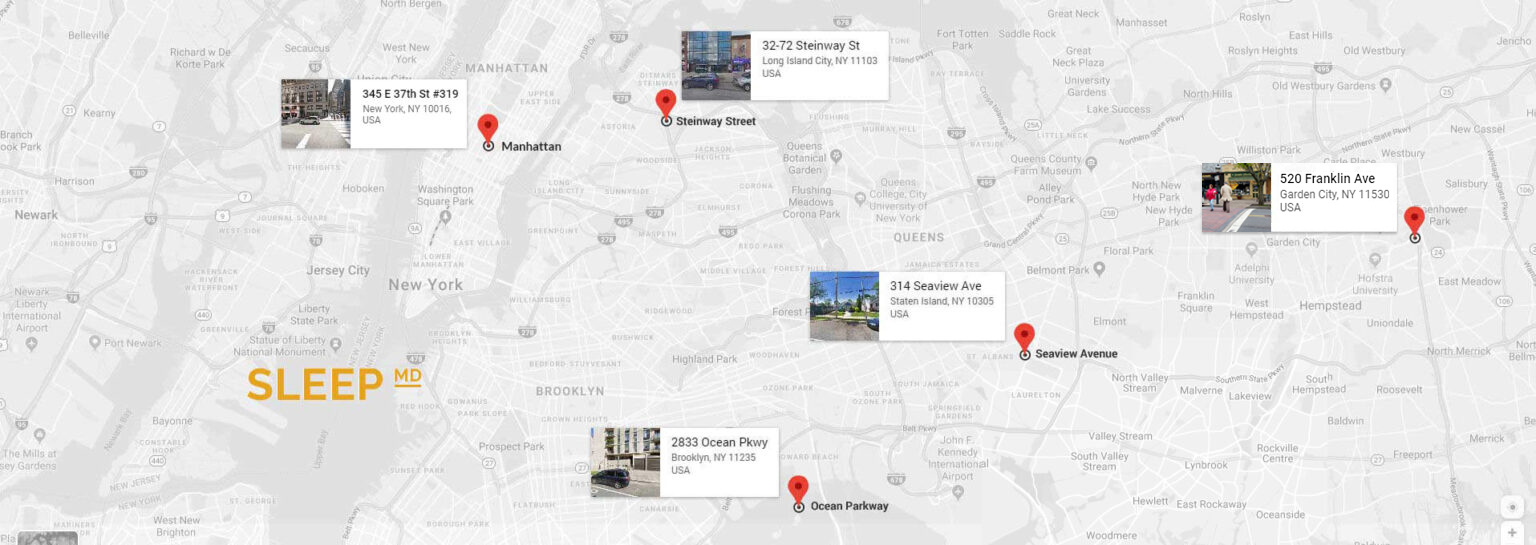Statistics And Syndromes


with a sleep disorder?
- 50-70 million US adults have a sleep disorder.
- 48.0% report snoring.
- 37.9% reported unintentionally falling asleep during the day at least once in the preceding month.
- 4.7% reported nodding off or falling asleep while driving at least once in the preceding month.
- Drowsy driving is responsible for 1,550 fatalities and 40,000 nonfatal injuries annually
in the United States.
- Insomnia is the most common specific sleep disorder, with short term issues reported by
- about 30% of adults and chronic insomnia by 10%
- 25 Million U.S. adults have obstructive sleep apnea
- 9-21% of women have obstructive sleep apnea
- 24-31% of men have obstructive sleep apnea
- 3–5% of the overall proportion of obesity in adults could be attributable to short sleep
- 37% of 20-39 year-olds report short sleep duration
- 40% of 40-59 year-olds report short sleep duration
- 35.3% adults report 7 hours of sleep during a typical 24-hour period.
- 100,000 deaths occur each year in US hospitals due to medical errors and sleep
- deprivation have been shown to make a significant contribution.
- Adult: 7 – 9 hours
- Teenager: 8 – 10 hours
- Child 6 – 12 years: 9- 12 hours
- Child 3 – 5 years: 10 – 13 hours (including naps)
- Child 1 – 2 years: 11 – 14 hours (including naps)
- Infants 4 -12 months: 12 – 16 hours (including naps)
- Chronic insomnia disorder
- Short-term insomnia disorder
One disorder that is the most prominent of all of these disorders is sleep apnea. Sleep
apnea can be divided into two disorders, obstructive sleep apnea disorder and central sleep apnea disorder.
- Narcolepsy type I & II
- Hypersomnia
- Insufficient sleep syndrome
difficulty going to bed, often waking up in the middle of the night or earlier in the morning which results in losing quality sleep. Patients with insomnia usually experience fatigue and problems with mood
Occurs when breathing stops multiple times during the night because of respiratory system blockage. Patients with sleep apnea report trouble breathing during sleep
Patients with restless leg syndrome often have difficulty falling asleep and staying asleep due to constant leg movement. Patients with restless leg syndrome often have symptoms with difficulty falling asleep and staying asleep due to constant leg movement.
Is another neurological disorder where the brain cannot control the sleep or wake cycles of the day. Patients report what some would call “sleep attacks” at any given time during the day.
These disorders deal with daytime sleepiness, insomnia or both. Some Circadian rhythm sleep-wake disorders are delayed sleep phase syndrome, advanced sleep phase syndrome, non-24 hour sleep wake syndrome, irregular sleep wake rhythm, shift-work sleep disorder and jet lag. For example jet lag occurs when a person’s sleep-wake cycle is competing with their circadian rhythm while trying to adjusting to a specific timezone.
Unwanted physical movement during sleep that prohibits continued sleep throughout the night
Disorders where patients have repetitive movements during sleep that can cause patients to wake


We have offices waiting to help you today in Manhattan, Brooklyn, Queens, Staten Island and Garden City

